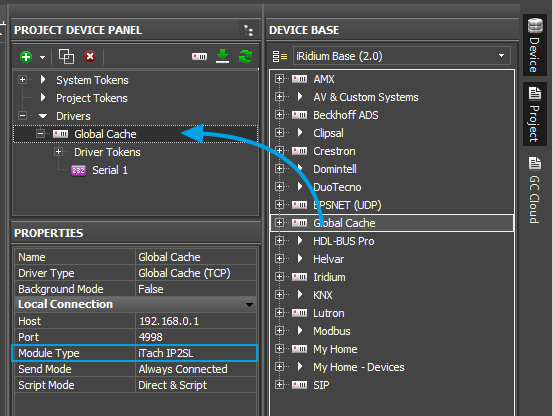Sending Serial Commands Via Ethernet Controller
3 easy steps to understand and control your RS232 devices. Receivers will be able to tell the sending device to pause data. Maxim Dl Pro Suite Keygenguru more. Examples of protocol commands. We have A LOT of projectors in our enterprise. And the software that the manufacturer gives to control them is pretty crappy. The main feature we need is to.

Post Views: 92,834 Foreward Hello everyone. Today I want to write a short tutorial in response to a request that we received yesterday on the Meccanismo Complesso site by pensodisi. I hope that will be useful both to him and to all others who have similar needs. Any request or suggestion will always be an incentive for us to improve. Introduction For those who delight in carrying out projects with Arduino, sooner or later they will have to deal with the exchange of values between the Arduino and the PC to which it is connected. If you use Arduino connected to a sensor (see Fig.1), Arduino produce a series of data that may be sent to a computer to be stored in a file, displayed or processed in some way. If you use the Arduino connected to an actuator (see Fig.2), such as a stepper motor, most likely, the computer will send a series of data to the Arduino.
The latter will process the received data by converting suitably into commands to send to the motor to make it move in the amount of necessary steps. Fig.3: A servo motor Instead, in an upcoming article, I will collect data from a sensor connected to the Arduino and sending these values to a PC.
Regarding the various commands to drive the servo motor or other motor types (DC or stepper motors) I suggest you refer to the article. Refine Cutting Plotter Drivers. Drive a servo motor with a sequence of angles in a file I chose a servo motor due to its simplicity, especially with regard to the controls. In this tutorial, the servo motor will assume the angles in a list within a TXT or CSV, moving sequentially in time, reading line by line. Fig.5: This is the tutorial scenario As you can see, you will activate a serial connection between the Arduino board and the PC. On the Arduino board you will implement a sketch that will take care of “to listen” for any value (angle) sent from the PC. From the PC side, instead, you will activate a serial session in a Python shell (but it can be replaced by any program in Python) that will read the contents of the file (CSV or TXT) by sending appropriate signals via serial to the Arduino. I chose the servo motor as an actuator also because it can be connected directly to the Arduino without the use of appropriate control boards.
Refer to Figure 6 for the connections. Fig.7: How to connect the servo motor to the Motorshield The Arduino sketch First, let us develop the sketch with the Arduino IDE. (Click to go to the official page and download the latest release of the Arduino IDE).
First, you have to include the Servo library already included within dell’Arduino IDE #include This library provides us with a whole series of commands to manage Servo Motors in an easy and intuitive way. This library is specialized for controlling this type of motors when they are directly connected to the Arduino. (If you are interested, you can consult the official page ).
} Each value sent from the PC is read character by character and inserted into the strValue array. If the character read will be a number (0 to 9) then it is stored in the array, if it will be a non-numeric character (in this case the comma ‘,’) the reading will be stopped and the value inside the array is converted to a numeric value through the atoi() function. The numerical value so obtained is stored in the newAngle variable, and represents a new angle at which it must set the servo motor. This value to be acceptable must be between 0 and 180 degrees.
This will then be compared with the current angle angle, and depending on whether major or minor, we will increase or decrease gradually (degree by degree) the angle of the servo motor. This is to avoid sudden jumps by the servo motor. Expert Choice Terbaru. The angle at which the engine must be set is defined by the write() function of the Servo library.
Whether you require point-to-point, point-to-multipoint or any-to-any connectivity, CenturyLink has an Ethernet solution that fits your desired architecture. Our MEF award-winning Ethernet services simplify the process of upgrading outdated equipment, connecting new locations, linking data centers, using the cloud and much more. Migrate your legacy network to Ethernet or expand your existing Ethernet WAN. Add on Dynamic Capacity and Enhanced Management to get site-by-site performance alerts and to dynamically scale bandwidth up to 300 percent. CenturyLink Ethernet Services are efficient, secure and where you need to connect.